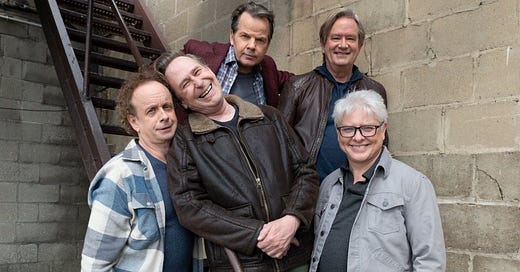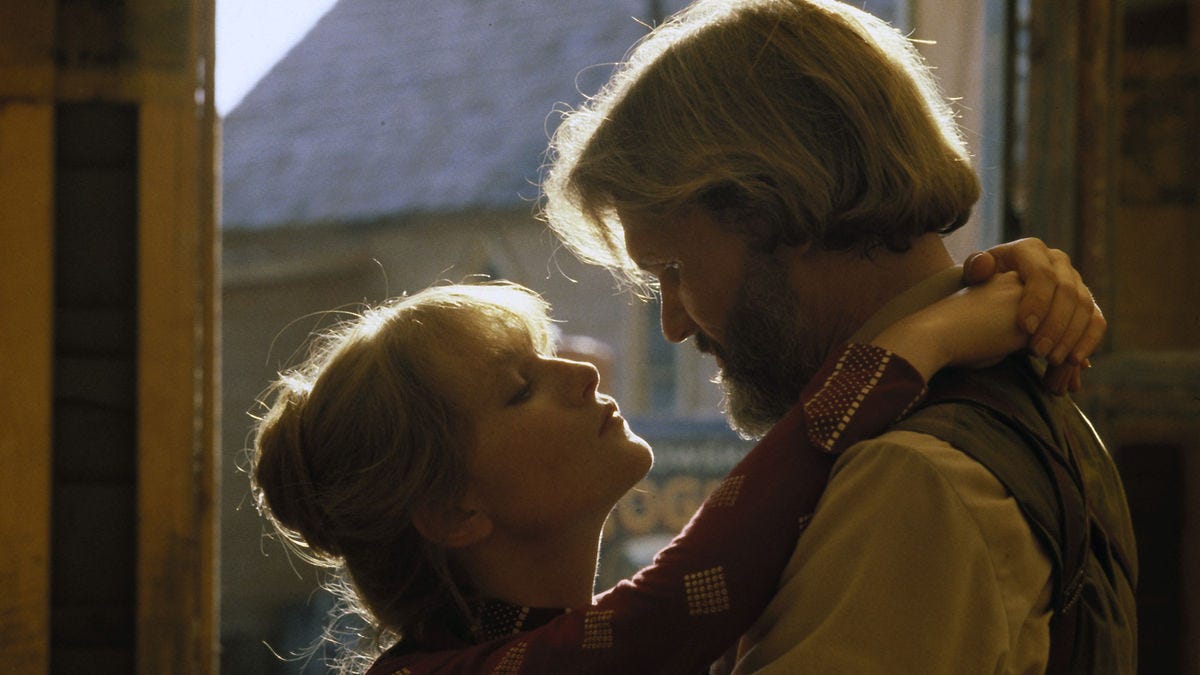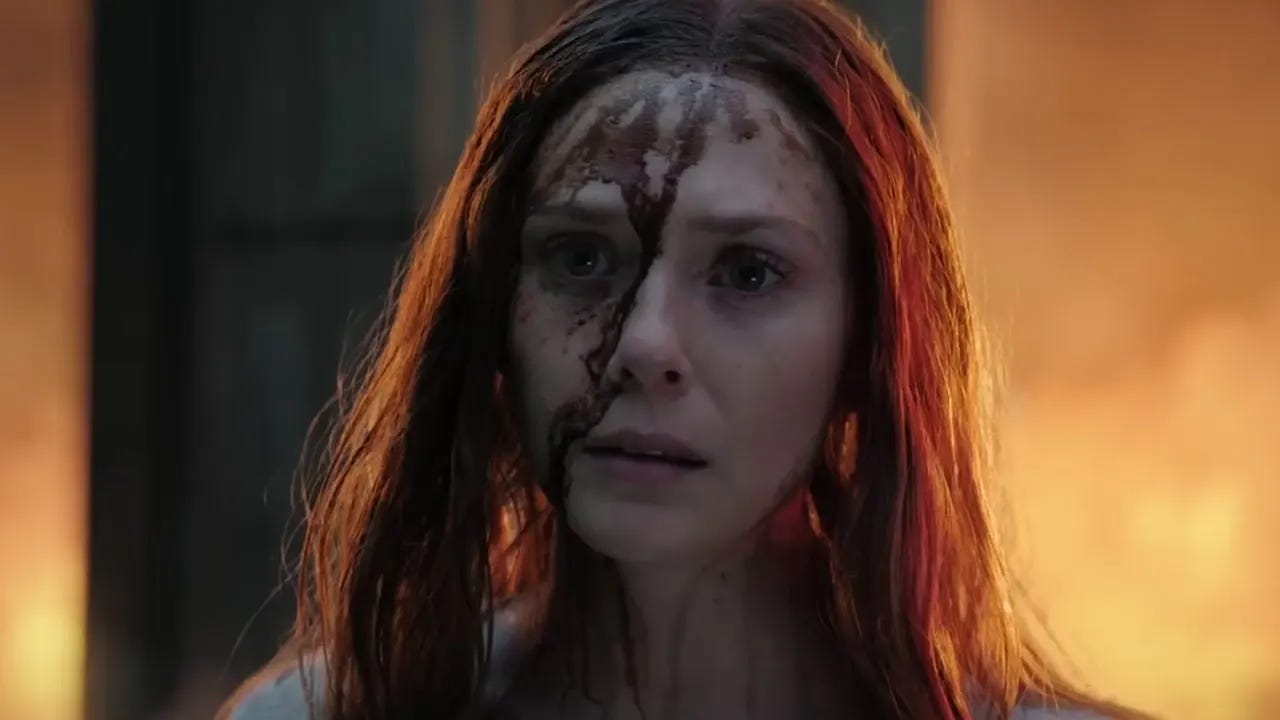The new Kids in the Hall is so much more than just a nostalgic retread
Plus we dig into Doctor Strange
It’s Thursday, May 12th, and here’s where we are…
I’m going to kick off my birthday special programming this coming Sunday, but not quite yet. I’ve also got the November 1980 edition of The Last ‘80s Newsletter (You’ll Ever Need) coming on the 15th, and I’m almost giddy at the idea that I’ve almost finished the first year of that project.
Even if you listened to ‘80s All Over, this is a very different thing. I’m actually reviewing every single film, in print. There are no shortcuts. I’m not skipping anything. The more I work on this project, the more excited I am about what it will look like when I’m done. I originally thought it would be one big book, but I’ve already written over 350 pages of reviews and we’re not done with the first year. This may be a series of books, and I am excited about taking the rough material of the newsletters and polishing it into what I hope will become a reference book that I wish already existed so I wouldn’t have to spend the next nine years working on it.
On the other side of the birthday programming, we’ll start trying out some new things that I want to do here, and we’ll also bring back the stuff you guys have been asking for the most. I have really enjoyed using Quick Bites to review more things, and it’s clear from your feedback that there are things you want from the newsletter that I want to make sure you’re getting. That’s why we’ve got James Bond Declassified on the 7th of every month now, and I think setting an infrequent but regular deadline for things will allow me to write more regular columns instead of fewer. It’s all a matter of actually having time to think and reflect and write something that you’ll value as readers instead of something you skim and forget immediately.
No time to waste today. Let’s jump through a star-shaped portal in time and space and get right to it with our first review…
SAM RAIMI IN THE MARKETPLACE OF MONOTONY
Doctor Strange in the Multiverse of Madness is an odd movie.
If you take a step back and really consider all the connective tissue of it, the film reveals the weaknesses in trying too hard to make everything part of one intricately-detailed giant-scale story. There are all sorts of weird little continuity things between this and WandaVision, between this and Spider-Man: No Way Home, between this and the first Doctor Strange… basically between this and whatever other film you want to directly connect it to, there’s going to be some inconsistency because they were developed parallel but not together.
I don’t ultimately care as long as the individual films or shows work. If you read superhero comic books, you learn to accept the kinds of storytelling gymnastics that are used to patch rough spots in the continuity, most of which come from the things each different storyteller wants to use the characters to do. Different writers and different artists have their own approaches to these icons, and if you’re a fan over a long enough arc, you’ll see enough soft resets and reboots and radical reinterpretations that you’ll learn not to get too attached to any single version, and you’ll also learn that the characters have to malleable because they are designed to let writers and artists play with big ideas on a scale that is beyond reality. Wanda (Elizabeth Olsen) was introduced in one of Marvel’s post-credits teases at the end of Captain America: The Winter Soldier, then returned in must larger roles in Avengers: Age of Ultron. She and Quicksilver are played as two of the film’s primary villains until the final big sequence in the film, when they finally switch sides only to see Quicksilver die while trying to help people. From the beginning, Wanda has been portrayed as damaged and dangerous, and even when she’s playing for the good guys, she manages to cause the damage that led to the events of Captain America: Civil War.
Until WandaVision, Marvel had never told a story where Wanda was the star. She served as a powerful plot device, a human McGuffin, in several of the films, and she was given just enough character definition to serve the purpose of each of those stories. Her relationship with Vision was etched in around the edges of things, given just enough weight that it would hurt her when she had to take his Infinity Stone at the end of Infinity War. WandaVision took all of those peripheral moments and tried to weave them together into a piece about the cumulative impact of grief, and it’s one of the stranger pieces of the larger Marvel puzzle.
After all, Wanda takes an entire town hostage and turns them into her own psychic puppets as a way of building this idyllic getaway for her and the family that she so desperately wishes were real. The end of the show positions Wanda as redeemable, or even redeemed… but does it really? Is she? Should she be? Is that even the point? While she is certainly the protagonist of the series, I’m not sure I buy that Marvel has ever played Wanda as a hero, and the end of that series made it clear that she was the new keeper of the Darkhold, aka The Big Scary Magic Book. She was a profoundly damaged child who was turned into a science experiment who eventually grew so powerful that she was able to shake off her creators and then built a fragile new life with a nonhuman super-being who she was forced to kill with her own hands. Wanda may be a miracle of sorts, but as her HYDRA creators said during her first appearance, “It’s an age of miracles. And there is nothing more horrifying than a miracle.”
Wanda is the truth that the rest of the Marvel universe seems to be afraid to admit: these characters would be fucking terrifying if they actually appeared in our world.
Keep reading with a 7-day free trial
Subscribe to Formerly Dangerous to keep reading this post and get 7 days of free access to the full post archives.





